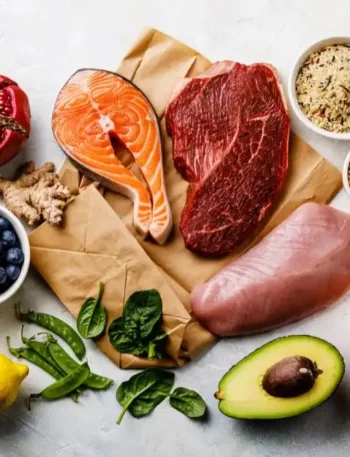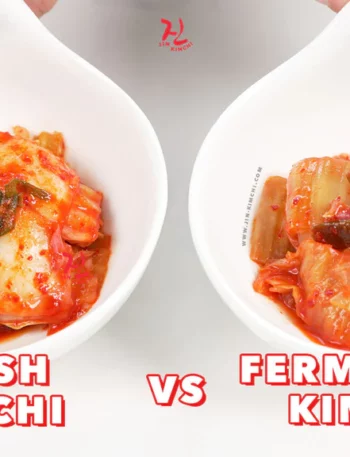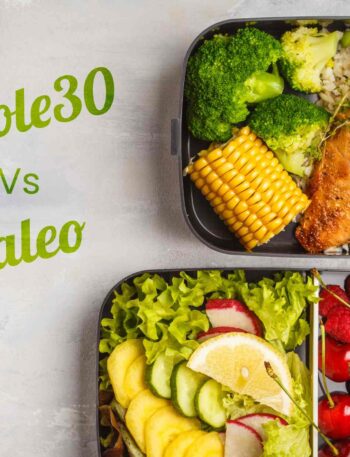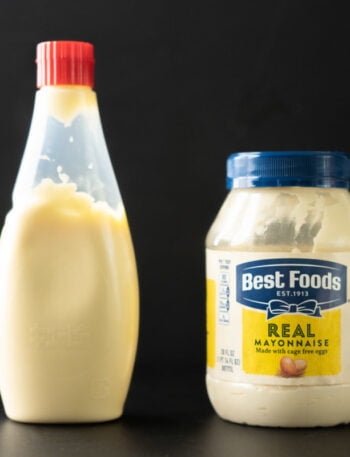
When you think about bone health, what comes to mind? Milk, right? Maybe yogurt or a calcium supplement tucked away in your medicine cabinet. For decades, we’ve been sold the idea that calcium is the holy grail of strong bones — “Got milk?” and all that jazz.
But let’s shake things up a bit. What if I told you that calcium is like the star quarterback who can’t win the game without a solid team? Enter vitamin K, the underrated MVP of bone health.
Why Calcium Alone Falls Short?
Calcium may be the most talked-about mineral for bones, but it’s only part of the equation. Sure, it’s essential — your bones are the body’s biggest calcium storage unit — but dumping calcium into your system without the right backup plan is like pouring cement without a blueprint.
Instead of strengthening your bones, too much calcium can settle in places you don’t want it — your arteries, for instance. That’s where vitamin K swoops in like the unsung hero we never knew we needed.
Vitamin K, particularly in its K2 form, plays a crucial role in guiding calcium to where it belongs. It activates a protein called osteocalcin, which helps lock calcium into your bones and teeth. No vitamin K? No activation. No activation? Your precious calcium could wander off and wreak havoc elsewhere.
The Hidden Link Between Vitamin K and Bone Fractures
Think osteoporosis only hits the elderly? Think again. Fractures can creep up on anyone with weakened bones, no matter their age. And guess what? Research shows that vitamin K deficiency is a red flag for brittle bones and fractures.
A massive study from The American Journal of Clinical Nutrition revealed that people with low vitamin K levels were 30% more likely to suffer hip fractures. Thirty percent! And yet, how many of us are even aware of our vitamin K intake?
While we’re busy chugging calcium-fortified drinks, our bones might be crying out for leafy greens, natto (that funky Japanese soybean dish), or even good old-fashioned egg yolks.
Food for Thought — and for Bones
If your diet looks like a sad replay of carbs and caffeine, it’s time to revamp. Vitamin K is like the fuel that powers the bone-building machine, and the best part? You don’t need a fancy supplement to get it.
Start with these K-rich superstars:
- Leafy Greens: Kale, spinach, and collard greens are your green-ticket to bone health.
- Fermented Foods: Natto may not win any awards for smell, but it’s packed with K2. Think of it as bone food disguised as a dare.
- Egg Yolks and Fatty Meats: Yes, the yolk is good for you — don’t let the cholesterol police scare you.
Even better, these foods aren’t just for your bones. They’re multitaskers that boost heart health, support your immune system, and make your skin glow. It’s like getting the whole squad together for a wellness party.
Why This Isn’t Just a “Health Trend”?
If you’re rolling your eyes thinking, “Great, another health craze,” let’s clear the air. Vitamin K’s role in bone health isn’t some Instagram-fueled fad. It’s rooted in hard science, backed by studies spanning decades.
Civilizations that traditionally ate K-rich diets — think Mediterranean countries or Japan — boast some of the lowest rates of osteoporosis globally. Coincidence? Hardly.
Even modern medicine is catching on.
Vitamin K2 is now being used alongside calcium and vitamin D in treatments for osteoporosis in countries like Japan and Germany. Meanwhile, many of us are still stuck in the calcium-only era, chugging milk like it’s the answer to all life’s problems.
Don’t Let Your Bones Down
It’s tempting to grab the first thing off the shelf with a “calcium-enriched” label and call it a day. But your bones deserve better. They’re the literal framework of your body, holding you up through late-night Netflix binges, marathon shopping sprees, and every dance floor moment you’ve ever had.
So next time you’re in the kitchen or at the grocery store, give a little love to the foods that truly have your back — and your hips, your wrists, and everything in between. Vitamin K-rich foods may not come with flashy marketing, but trust me, they’re the backbone (pun intended) of long-term bone health.









